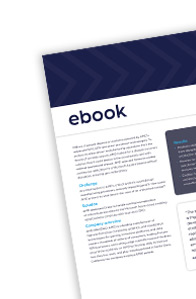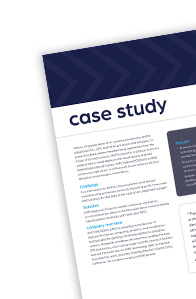Data Migrator explained
Move your data to the cloud destination of choice where you can start running AI and advanced analytics faster with no downtime.
Data Migrator is a fully automated solution that moves on-premise HDFS data, Hive metadata, local filesystem, or cloud data sources to any cloud or on-premises environment, even while those datasets are under active change. Data Migrator requires zero changes to applications or business operations. Moving data of any scale can begin immediately and be performed without production system downtime or business disruption, and with zero risk of data loss.



